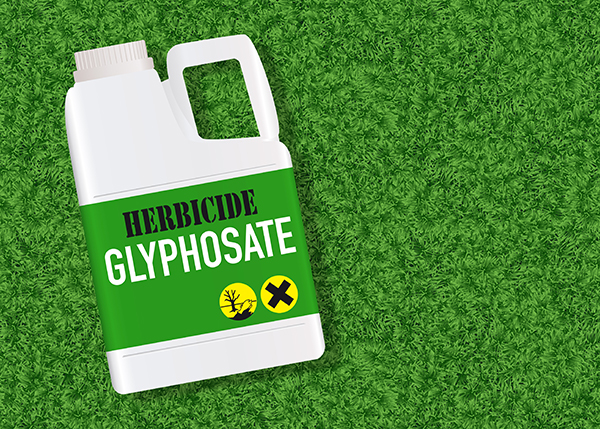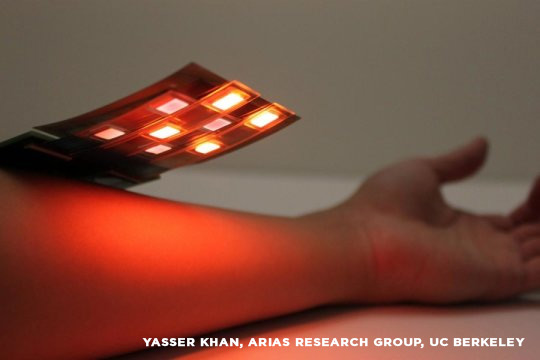
According to them, the system they've designed can be used to detect the presence of chemical warfare agents and pesticides. While the former have been banned internationally for some time now, the latter are still used in agriculture despite their negative effects on people and the environment.
Some fumigants like methyl iodide are invisible and odorless. This means that the best way to test for them is in a laboratory using complicated and expensive equipment – something that isn't practical in many real-world settings.
Nanocrystals from solar technology can be used to detect poisons
A team led by researchers at the ARC Centre of Excellence in Exciton Science have found a way to detect a wide range of toxic fumigants and chemical warfare agents with the accuracy, flexibility and speed necessary for practical use.
Working with Australia's Department of Defense and the Commonwealth Scientific and Industrial Research Organisation (CSIRO), the researchers adapted synthetic nanocrystals based on a perovskite structure – a new technology used to improve solar power – into a detection method.
This new method takes advantage of the fact that the synthetic nanocrystals are highly fluorescent, and that the color of the light they emit changes when they react with certain chemicals. For example, the presence of methyl iodide causes their fluorescence to shift from green to yellow, and then to orange, red or a deep red, depending on the amount of the chemical present.
"Perovskite nanocrystals have [proven] to be a very efficient light emitter," said lead author Wenping Yin.
"Here we showed that methyl iodide can react with such perovskites, and do so very quickly following a simple chemical activation step," Yin added. "Critically, this activation step cuts the response time of the sensor from a few hours to just a few seconds."
During the process, the ions that form the nanocrystals change quickly when they're exposed to methyl iodide. A chemical reaction occurs within the nanocrystal that involves exchanging bromide with iodide, resulting in the color change.
The study also shows that this change in color is dependent on the perovskite nanocrystal and methyl iodide concentrations.
Next step is to build a prototype sensing device
The new method developed by the team has the highest sensitivity, widest range and quickest response ever achieved by any detection method used outside the laboratory. The team says that it can produce results in five seconds at room temperature. Their next step is to build an actual prototype sensing device using the perovskite nanocrystals that can be used in the real world.
"We've understood the foundational mechanism for what's needed to undergo this colorimetric sensing," said senior author Jacek Jaseniak. "Now it's about building a prototype sensing device."
"It needs further development to realize its true potential for broader detection of different types of methyl halide species, as well as pesticides and chemical warfare agents, like teargas, and mustard gas, but the stage is set," he added.
Should the prototype prove successful, it could find use in a number of real-world scenarios. These include military and peacekeeping operations, agriculture and food production. Besides detecting the use of chemical warfare agents, the device can also be used to check for pesticide residues in foods, as well as in the farms and factories where they are grown and packed.
Inventions.news has more stories about the latest breakthroughs and technologies.
Sources include:
Please contact us for more information.























